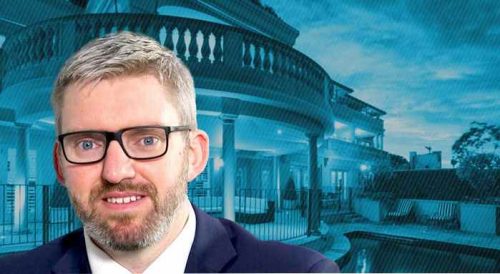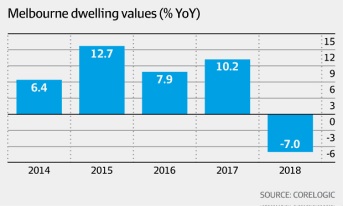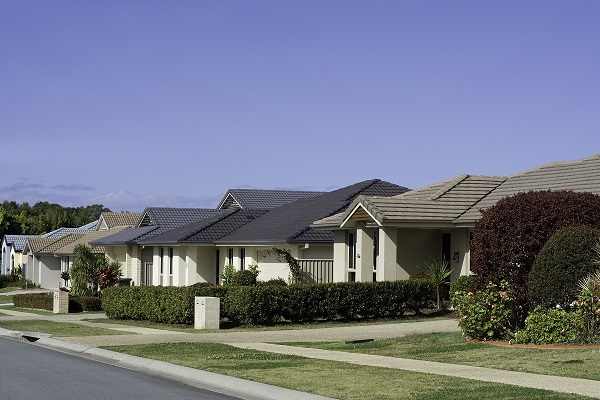Melbourne, January 8: Home and property values in Melbourne peaked and began to fall in almost every region, with the decline tipped to continue through to this year.
In fact, the fast decline will most likely outpace Sydney in housing price declines.
In December, Sydney recorded a 1.8 per cent monthly drop compared to Melbourne’s 1.5 per cent weakening property prices.
After years of booming property market and record prices, many inner Melbourne areas have already experienced their peaks in property values.
The largest declines are forecasted in Melbourne-Inner East and Inner South, where home values are projected to fall by more than 10 per cent.
House values in Melbourne are set for a steeper correction, forecast to fall by 6 per cent in 2019 due to decline in inner suburbs, according to a housing outlook report published by CoreLogic and Moody’s Analytics Australia.
This compares quite badly with only a 0.1 per cent fall in 2018.
“With lending conditions likely to remain tight in 2019, the downturn in home values in Greater Melbourne is expected to intensify before rising modestly in 2020,” CoreLogic and Moody’s report said.
The fall in apartment values would also accelerate this year compared with last year, they said.
New CoreLogic figures show the decline in prices majorly hits the affluent suburbs with Stonnington East being hit with a whopping 14.5 per cent price decline.
Boroondara experienced 13 per cent drop from peak values, followed by Whitehorse West at 12.7 per cent, Bayside at 11.8 per cent, and Manningham West at 10.8 per cent.
While suburbs of Point Cook, Pakenham and Gembrook are expected to retain their spot as biggest property markets by value; some suburbs of Melbourne will actually upturn in value in 2019:
Suburb Median House Price
| Millgrove, VIC | $365,000 |
| Kurunjang, VIC | $388,750 |
| Melton South, VIC | $398,000 |
| Warburton, VIC | $423,500 |
| Rockbank, VIC | $505,000 |
CoreLogic research analyst Cameron Kusher said there were always some winners in a down market and Melbourne’s outer suburbs “is the sweet spot” for first-home buyers.
Wyndham, however, experienced 2.3 per cent fall overall, compared to Maribyrnong’s 1.6 per cent, being some of the suburbs experiencing the smallest falls from their peak, according to CoreLogic.
National Australia Bank (NAB) has warned Melbourne homeowners to expect the market to dip 15 per cent by 2020.

National Australia Bank Group Economics revised its predictions for the Melbourne property market fall from the original 10 per cent to 15 per cent in 2019, to a further 7 per cent in 2019.
“Falls in Sydney and Melbourne are no longer confined to the more expensive properties, with declines now being observed in the middle and lower segments of the market,” ABS chief economist Bruce Hockman said.
“Results are in line with market indicators, with auction clearance rates and sales volumes falling and days on market trending higher.”
This follows on the heels of Australian Bureau of Statistics data that shows even affordable priced properties are starting to lose ground alongside the pricier suburbs.
Real Estate Institute of Victoria figures showed a $14,000 – 2.2 per cent reduction for homes below $640,000.
But still losses were more pronounced in higher price brackets, according to REIV data.

The six-year boom in property values collapsed visibly after the Banking Royal Commission, followed with lending limits imposed by the major banks; with Melbourne witnessing a slow but steady decline.
ANZ economists foretell that general Melbourne prices would decline by 7 per cent in 2019.
But certain areas will record a far worse scenario – in December 2018, Melbourne’s inner eastern suburbs were the worst-performing region of the country, with a steep decline by 13.4 per cent in home prices.
Real Estate Institute of Victoria senior vice president Leah Calnan said a price correction was inevitable following Melbourne’s recent boom.
“Looking back at 2016-17, some suburbs were seeing growth of 20 per cent per quarter, which was never going to be sustainable,” she said.
Property experts say that the significant falls at the top of the Melbourne market was driven by less demand in the affluent areas, pronounced by limited credit availability.
First-home buyer markets will however, experience less of such an impact, according to Mr Kusher of CoreLogic.
Melbourne’s apartment market also fell 2.3 per cent last year and is expected to experience dramatic slide with almost 17,000 high-rise units completing in 2019.
Nidhi Mehta

